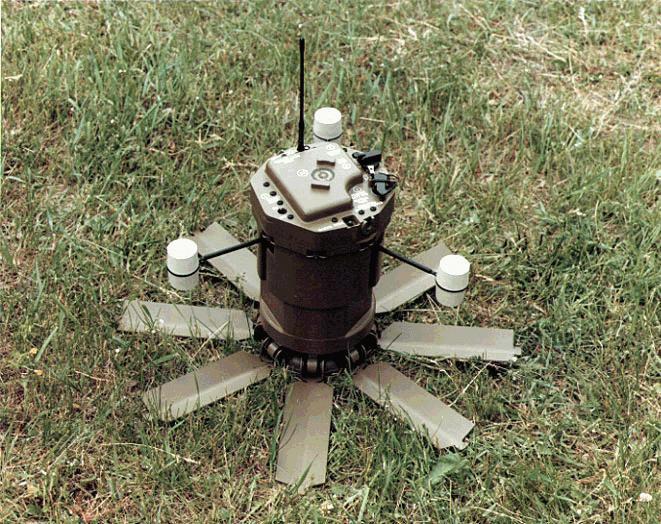US Army Seeking Mines That Strike Vehicles from Above
After decades of tanks being blown up by driving over mines scattered on the ground, being a tank driver has apparently gotten rather boring. Thus, in a bid to make war more exciting, the US army is now seeking to acquire mines that attack enemy vehicles from above. Upon detecting enemy vehicles, this new “top attack” anti-tank mine would fire submunitions up into the air which would then promptly rain death and destruction down on the enemy. The new anti-tank weapons should be able to engage targets as far as fifty meters away.
The move comes as armored fighting vehicles continue to develop with methods to mitigate blast damage from mines. The most logical avenue of attack is to strike the vehicles’ weakest point – thier top. According to an official contract opportunity announcement released by the army earlier this month:
“The top attack system is envisioned to consist of the Common Anti-Vehicle Munition (CAVM) top attack munition, the top attack dispenser launcher module (DLM), the Remote Control Station (RCS), and an obstacle planning capability. The CAVM top attack munition shall have improved lethality over previous generations of top attack munitions (M93 Hornet and XM204). Once emplaced in a tactical obstacle, the system shall be capable of operating in a standby mode for up to six months with the ability to transition to a target engagement mode for 30 days.”

As noted in the announcement, the jumping mines will not be “stand-alone”. Classic landmines that simply blow up below rather than above are also planned to be included in the system. Perhaps more interestingly, the mines will work as part of a larger network which may be controlled remotely and switched on or off at will in order to limit friendly and civilian casualties and enable freer, safer movements when the enemy are not present. Devices allowing this networked capability will be emplaced within the field and information on the status of all mines making up the larger network will be available for view.
The first phase of the program which hopes to develop the “top attack mines” is set to begin in fiscal year 2022. Phase two (the bottom-attack mines) is planned to start in 2025 and full network capability is planned for the year after that.
It seems traditional minefields, that simply blow up things above them, are going out of fashion.

